Banded dwarf cichlid - Apistogramma bitaeniata
Scientific name: Apistogramma bitaeniata
Common name: Banded dwarf cichlid
Family: Cichlidae
Usual size in fish tanks: 4 - 8 cm (1.57 - 3.15 inch)
014
Recommended pH range: 5 - 6
Recommended water hardness: 0 - 4°N (0 - 71.43ppm)
0°C 32°F30°C 86°F
Recommended temperature range: 24 - 28 °C (75.2 - 82.4°F)
The way how these fish reproduce: Spawning
Where the species comes from: South America
Temperament to its own species: peaceful
Temperament toward other fish species: peaceful
Usual place in the tank: Bottom levels
Overview
Apistogramma bitaeniata (Banded/Two-band Apisto) is a blackwater dwarf cichlid from the Amazon basin (Peru & Brazil). Males develop elongated dorsal and caudal rays with a lyre-tail and shimmering iridescence overlaying two distinct dark lateral bands, while females are smaller and turn a vibrant yellow when guarding fry.
Care & Tank Setup
- Tank & group: Best maintained as a harem (1 male with 2–3 females) in a tank of at least 70–100 l with a footprint ≥ 60 cm. Provide multiple territories.
- Water: pH 4.5–6.5 (ideal 5.0–6.0), hardness 0–4 °dGH, temperature 24–28 °C. Keep nitrate levels extremely low; gentle flow with good oxygenation is important.
- Aquascape: Use fine sand substrate, abundant leaf litter (catappa, oak), botanicals, roots and branches, and multiple tight caves (coconut shells, narrow tubes). Dim, tannin-stained water replicates their natural habitat.
- Maintenance: Frequent, modest water changes (15–25% twice weekly) with matching parameters; avoid sudden fluctuations.
Diet & Feeding
Micro-predator that adapts to quality prepared foods but thrives on small live and frozen fare.
- Staples: Micro-pellets for carnivores, high-quality flakes.
- Live/frozen: Baby brine shrimp, daphnia, cyclops, black mosquito larvae, grindal and white worms (sparingly).
- Feed small portions 2–3 times daily; overfeeding and heavy proteins can cause digestive problems.
Behavior & Compatibility
- Conspecifics: Harem-forming and territorial; females guard breeding caves. More caves = fewer conflicts.
- Other fish: Suitable tankmates include small, peaceful upper- and mid-water species such as tiny tetras or hatchetfish, and small non-aggressive catfish. Corydoras may raid eggs during spawning and are risky in breeding setups.
Sexing
Males grow larger (6–8 cm) with stronger coloration, extended fins, and a lyre-shaped caudal fin. Females remain smaller (4–5 cm), with shorter fins, and show bright yellow and bold contrast when brooding.
Breeding
Cave/crevice spawner with maternal care. Extremely soft, acidic water (pH 4.5–6.0, low conductivity) and slightly warmer temperatures (26–28 °C) encourage spawning. Females lay small adhesive eggs in tight crevices; hatching occurs in 3–5 days with free-swimming fry appearing after another 3–7 days. Start fry on infusoria or powdered fry food, then progress to newly hatched brine shrimp.
Lifespan
Typically 4–6 years under stable, pristine blackwater conditions.
Origin
Found in blackwater igarapés and flooded forest zones of the Amazon basin (Peru, Brazil). Prefers soft, acidic, tannin-rich water with dense root tangles and leaf litter.
Short description
A delicate but rewarding dwarf cichlid that thrives in leaf-litter aquaria with soft, acidic water and abundant hiding places. Best for experienced aquarists who can provide stable blackwater conditions and enjoy observing maternal care behaviors.
Color Forms
Apistogramma bitaeniata exhibits striking regional variations. Well-known forms include:
- Shishita – vibrant red fins and golden body highlights.
- Tefé – broad lateral bands with intense blue and red patterning.
- Careiro – subtle coloration with elegant fin extensions.
- Other localities (e.g., Mamoré, Iquitos) show unique blends of iridescent green, blue, and red.
At-a-Glance (Care Box)
- Size: Males 6–8 cm; Females 4–5 cm
- Temperament: Harem-forming; females territorial when breeding
- pH: 4.5–6.5 | GH: 0–4 °dGH
- Temp: 24–28 °C (75–82 °F)
- Tank: 70–100 l, footprint ≥ 60 cm, multiple caves
- Diet: Micro-pellets/flakes; live and frozen micro-prey
- Breeding: Cave spawner; maternal care; eggs hatch in 3–5 days
- Lifespan: 4–6 years
Pictures
Bought by aqua-fish.net from jjphoto.dk.
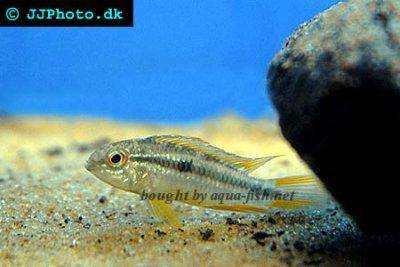


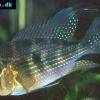 Thread-finned
Thread-finned 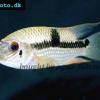 Acara
Acara 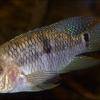 Yellow
Yellow 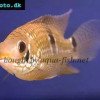 Patrick's
Patrick's 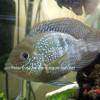 Blue
Blue 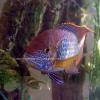 Green
Green 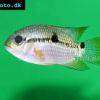 Acara
Acara 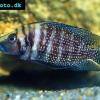 White
White 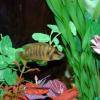 Compressed
Compressed 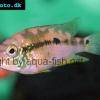 Pastel
Pastel 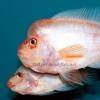 Midas
Midas 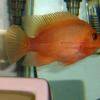 Red
Red 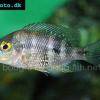 Bluemouth
Bluemouth 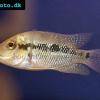 False
False 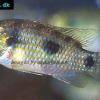 African
African 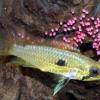 Agassiz's
Agassiz's 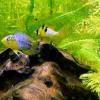 Yellow
Yellow 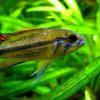 Cockatoo
Cockatoo 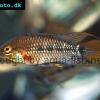 Blue
Blue 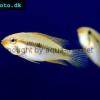 Blackstripe
Blackstripe 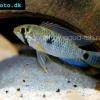 Highfin
Highfin 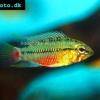 Redstripe
Redstripe 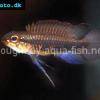 Threadfinned
Threadfinned 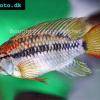 Macmaster’s
Macmaster’s 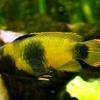 Panda
Panda 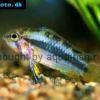 Norbert’s
Norbert’s 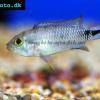 Blue
Blue 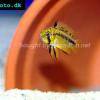 Thin-line
Thin-line 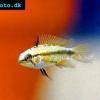 Three-striped
Three-striped 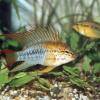 Viejita
Viejita 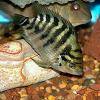 Flier
Flier 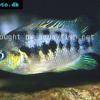 Archocentrus
Archocentrus 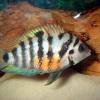 Convict
Convict 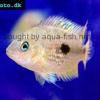 Seven
Seven 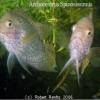 Spiny
Spiny 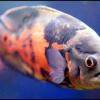 Oscar
Oscar 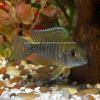 Sunshine
Sunshine 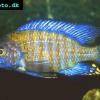 Chitande
Chitande 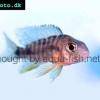 Firebird
Firebird 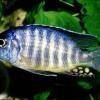 Midnight
Midnight 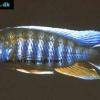 Lake
Lake 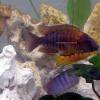 Sunshine
Sunshine 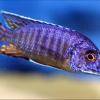 Aulonocara
Aulonocara 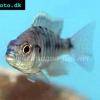 Nyasa
Nyasa 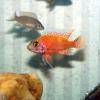 Ruby
Ruby 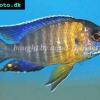 Grants
Grants 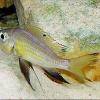 Aulonocranus
Aulonocranus 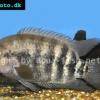 Chameleon
Chameleon 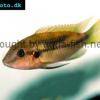 Benitochromis
Benitochromis 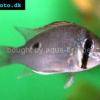 Orinoco
Orinoco 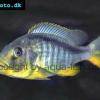 Yellow
Yellow 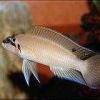 Brichard’s
Brichard’s 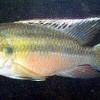 Guenther’s
Guenther’s 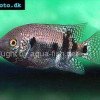 Southern
Southern 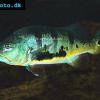 Cichla
Cichla 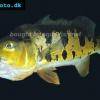 Peacock
Peacock 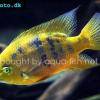 Chiseltooth
Chiseltooth 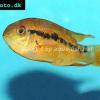 Bolivian
Bolivian 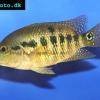 Red
Red 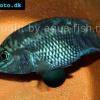 Many-pointed
Many-pointed 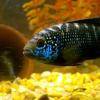 Jack
Jack 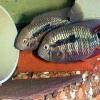 Red
Red 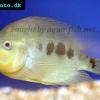 Three
Three 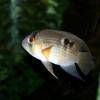 Keyhole
Keyhole 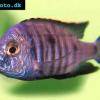 Azureus
Azureus 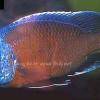 Red
Red 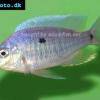 Jackson’s
Jackson’s 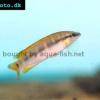 Crenicichla
Crenicichla 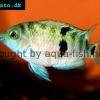 Honduran
Honduran 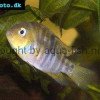 Blue-eye
Blue-eye 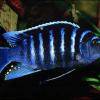 Afra
Afra 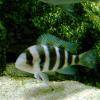 Frontosa
Frontosa 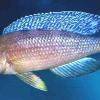 Slender
Slender 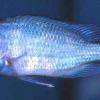 Malawi
Malawi 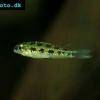 Chequerboard
Chequerboard 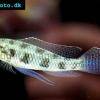 Checkerboard
Checkerboard 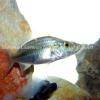 Malawi
Malawi 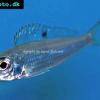 Ectodus
Ectodus 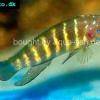 Tanganyika
Tanganyika 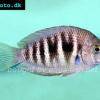 Canara
Canara 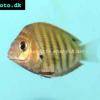 Green
Green 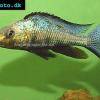 Rostratus
Rostratus 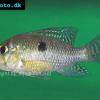 Pearl
Pearl 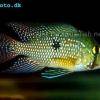 Geophagus
Geophagus 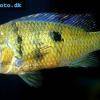 Yellowhump
Yellowhump 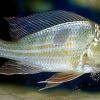 Suriname
Suriname 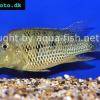 Redhump
Redhump 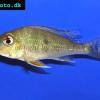 Red
Red 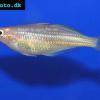 Dority’s
Dority’s 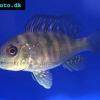 Argentine
Argentine 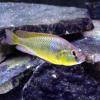 Burton’s
Burton’s 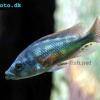 Victoria
Victoria 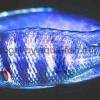 Haplochromis
Haplochromis 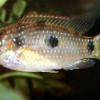 Jewel
Jewel 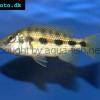 Banded
Banded 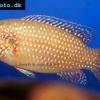 Lifalili
Lifalili 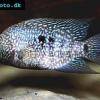 Lowland
Lowland 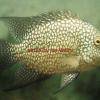 Texas
Texas 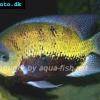 Pantano
Pantano 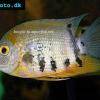 Severum
Severum 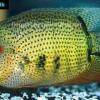 Banded
Banded 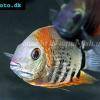 Severum
Severum 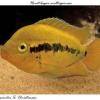 Rainbow
Rainbow 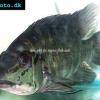 Parrot
Parrot 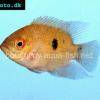 Chocolate
Chocolate 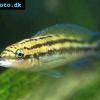 Brown
Brown 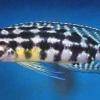 Marlieri
Marlieri 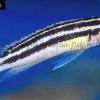 Golden
Golden 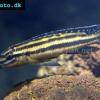 Striped
Striped 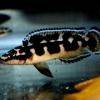 Masked
Masked 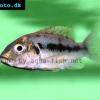 Konye
Konye 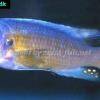 Blue
Blue 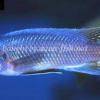 Trewavas
Trewavas 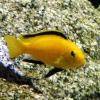 Electric
Electric 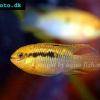 Dwarf
Dwarf 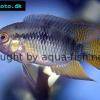 Redbreast
Redbreast 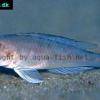 Lamprologus
Lamprologus 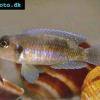 Gold
Gold 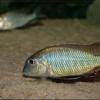 Greenface
Greenface 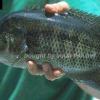 Mayan
Mayan 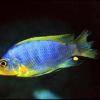 Aurora
Aurora 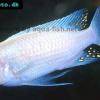 Blue
Blue 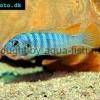 William’s
William’s 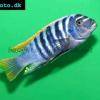 Zebra
Zebra 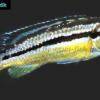 Malawi
Malawi 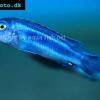 Blue
Blue 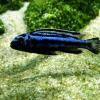 Blue
Blue 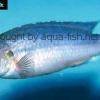 Mbuna
Mbuna 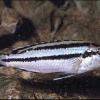 Parallel
Parallel 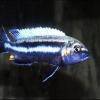 Purple
Purple 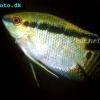 Flag
Flag 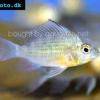 Bolivian
Bolivian 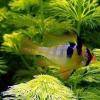 Ram
Ram 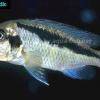 Basket
Basket 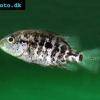 Haitian
Haitian 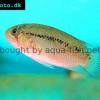 Zebra
Zebra 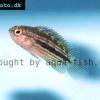 Striped
Striped 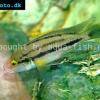 Neolamprologus
Neolamprologus 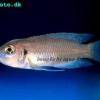 Brevis
Brevis 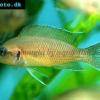 Fairy
Fairy 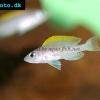 Neolamprologus
Neolamprologus 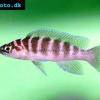 Cylindricus
Cylindricus 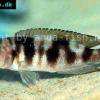 Hecq’s
Hecq’s 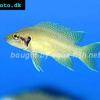 Neolamprologus
Neolamprologus 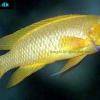 Lemon
Lemon 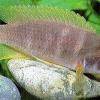 Mustax
Mustax 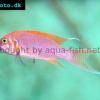 Daffodil
Daffodil 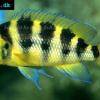 Six-bar
Six-bar 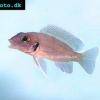 Five-bar
Five-bar 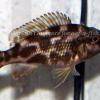 Marbled
Marbled 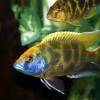 Giraffe
Giraffe 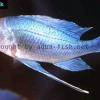 Blue
Blue 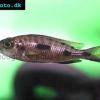 Sulphurhead
Sulphurhead 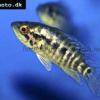 Wolf
Wolf 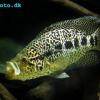 Jaguar
Jaguar 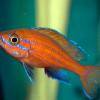 Blue
Blue 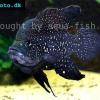 Marakeli
Marakeli 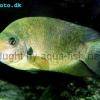 Madagascar
Madagascar 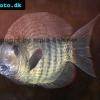 Pinstripe
Pinstripe 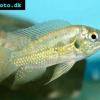 Pelmatochromis
Pelmatochromis 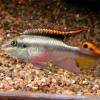 Kribensis
Kribensis 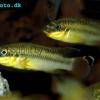 Striped
Striped 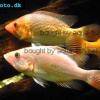 Red
Red 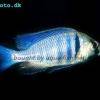 Deepwater
Deepwater 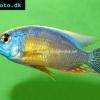 Fenestratus
Fenestratus 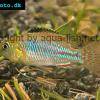 Nichols’
Nichols’ 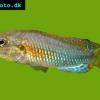 Southern
Southern 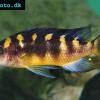 Bumble
Bumble 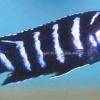 Demason’s
Demason’s 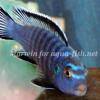 Slender
Slender 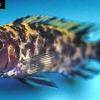 Red
Red 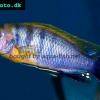 Mbuna
Mbuna 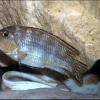 Malawi
Malawi 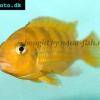 Kenyi
Kenyi 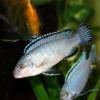 Powder
Powder 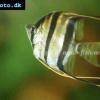 Altum
Altum 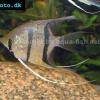 Angelfish
Angelfish 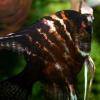 Angelfish
Angelfish 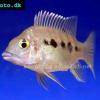 East
East 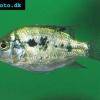 Juba
Juba 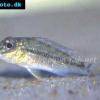 Earth
Earth 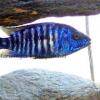 Electric
Electric 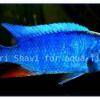 Azure
Azure 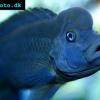 Lionhead
Lionhead 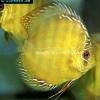 Discus
Discus 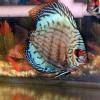 Blue
Blue 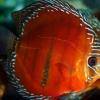 Red
Red 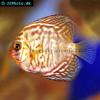 Zebra
Zebra 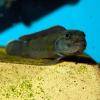 Brichard’s
Brichard’s 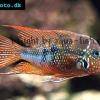 Blue
Blue 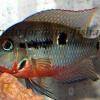 Firemouth
Firemouth 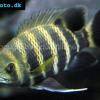 Zebra
Zebra 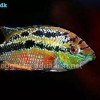 Yellow
Yellow 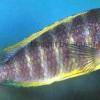 Blue
Blue 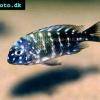 Dwarf
Dwarf 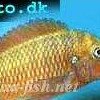 Blunthead
Blunthead 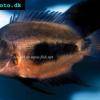 The
The 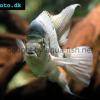 White
White 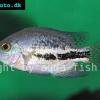 Twoband
Twoband 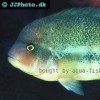 Fenestratus
Fenestratus 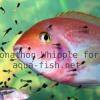 Window
Window 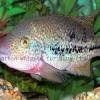 Tailbar
Tailbar 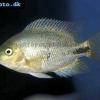 Black
Black 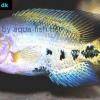 Redhead
Redhead 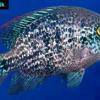 Oaxaca
Oaxaca 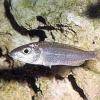 Xenotilapia
Xenotilapia